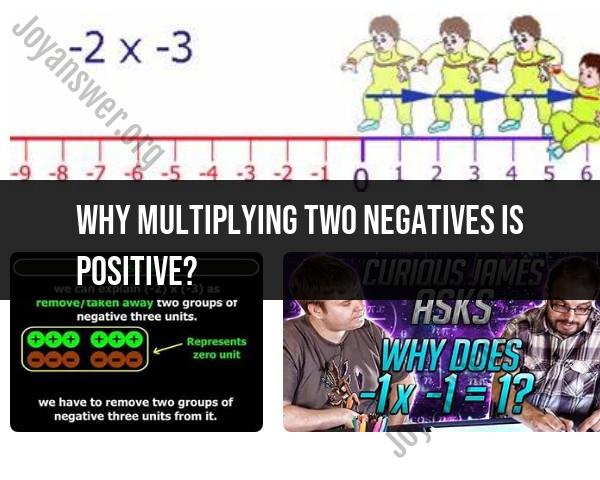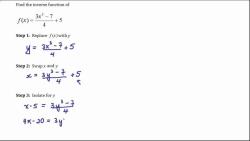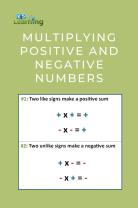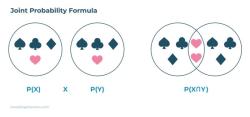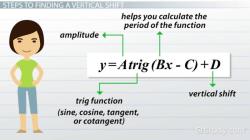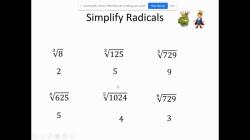Why multiplying two negatives is positive?
The rule that states "multiplying two negatives results in a positive" is a fundamental property of arithmetic and algebra. To understand why this is the case, let's consider the basic principles involved:
Number Line Representation:Imagine the number line, where moving to the right represents positive numbers, and moving to the left represents negative numbers. Multiplication can be thought of as repeated addition.
When you multiply a positive number by another positive number, you are essentially adding that positive number multiple times. For example, 3 * 2 means adding 3 two times: 3 + 3 = 6.
Now, if you have a negative number, say -3, multiplying it by a positive number is like adding that negative number multiple times but in the opposite direction on the number line. For example, -3 * 2 means adding -3 two times: (-3) + (-3) = -6.
When you multiply two negative numbers, you are essentially adding those negative numbers multiple times, but this time, you're moving in the positive direction on the number line. This results in a positive product.
Algebraic Explanation:Consider the multiplication of two negative numbers, such as (-2) * (-3). You can rewrite this expression as the product of the absolute values of the numbers with a negative sign:
(-2) * (-3) = |(-2)| * |(-3)| * (-1) = 2 * 3 * (-1) = -6
Here, the product of the absolute values (2 * 3) is 6, and the negative sign is introduced to account for the fact that you started with negative numbers.
In summary, when you multiply two negative numbers, the result is positive because you are essentially combining the magnitudes of the numbers and moving in the positive direction on the number line. This rule is consistent with the properties of arithmetic and helps maintain mathematical consistency and coherence.
Unraveling the Mystery of Negative Multiplication: Why Two Negatives Make a Positive
Multiplying two negatives in mathematics might seem counterintuitive, but it's based on solid principles and offers fascinating connections to other concepts. Let's delve deeper:
1. Why two negatives make a positive:
It boils down to the direction represented by negative numbers. Negatives essentially signify movement "away from zero" on the number line, whereas positives go "toward zero."
- Multiplying by a positive represents "continuing in the same direction" (e.g., multiplying -2 by +3 makes you move further away from zero, resulting in -6).
- Multiplying by a negative signals "turning around and going back" (e.g., multiplying -2 by -3 is like moving away from zero by 2 units, then turning around and coming back 3 units towards zero, ending up at +6).
So, two negatives essentially involve two "turnarounds," bringing you back towards zero, hence the positive result.
2. Mathematical principles:
Negative multiplication is grounded in two key principles:
- Sign rule: Positive times positive or negative times negative equals positive. Negative times positive or positive times negative equals negative.
- Double counting: Multiplying by a number repeatedly is equivalent to adding it to itself that many times. For example, -2 x -3 is the same as (-2) + (-2) + (-2), which sum to +6.
These principles ensure consistency and logical outcomes in various mathematical operations.
3. Analogies and visualizations:
- Number line: Imagine moving on a number line. Two steps backward (negatives) followed by three steps backward (another negative) bring you three steps ahead of your starting point, resulting in a positive.
- Debt analogy: Think of negatives as "debts." Owing $2 and then owing another $3 (two negatives) means you now owe a total of $1 (positive) less than originally.
These visualizations can offer intuitive understanding of how "moving backward" twice through multiplication ends up making progress.
4. Connection to other operations:
- Addition: Multiplication and addition of negatives share similar patterns. Adding two negatives results in a number closer to zero (e.g., -2 + (-3) = -5), similar to multiplying them (+6).
- Division: Dividing a negative by a positive or a positive by a negative results in a negative, showcasing the interplay between signs and operations.
Understanding these connections strengthens your comprehension of the entire number system.
5. Historical perspectives:
- Early mathematicians often struggled with negativity. Negative multiplication wasn't fully accepted until the 17th century with the development of algebra and formalization of number systems.
- Different cultures and mathematicians developed contrasting interpretations of negative multiplication, further highlighting the evolution of this concept.
Exploring historical perspectives enriches our understanding of mathematical concepts and how they came to be.
Remember, while multiplying two negatives might seem counterintuitive at first, it's rooted in clear principles and logic. Visualizations and connections to other operations can solidify your understanding, making you a master of sign rules and their impact on the fascinating world of numbers.
